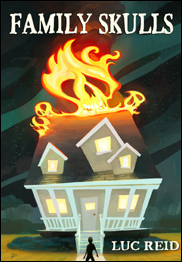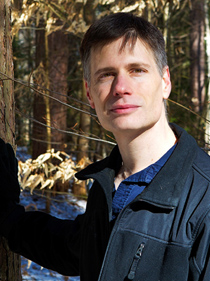Recently I posted about a habit change process detailed by Charles Duhigg in his book The Power of Habit, and I began by talking about how to identify cues-the things that trigger us to act out our habits. Today’s post digs into the reward, the intended result of a habit. Identifying our rewards is essential if you’re going to use this cue-routine-reward approach for habit change.
What’s so important about identifying the reward? Well, the reward is the entire reason the old habit came into existence. According to Duhigg, habits arise because of a want or need, and if we can fulfill that want or need some other way, we’re well on our way to replacing the habit.
Your mileage may vary
I’ll jump in here for a moment to mention that habits can become ingrained because of expected rewards and then stay in place long after those rewards have disappeared, so I’m not convinced that every habit is subject to the kind of change Duhigg describes. With that said, there appears to be good evidence that many habits can be altered this way, and if you can identify that a habit in your life that still delivers its reward, the approach Duhigg talks about may work well for you if you want to change that habit.
Discovering your reward
Rewards are not always obvious. Duhigg gives an example of a habit he had of going down to the cafeteria at his workplace every afternoon to buy a chocolate chip cookie. His reward, he discovered over time, was not the sugar rush or anything else having to do with the actual cookie, but rather the socialization that usually took place when he went down to the cafeteria. He eventually changed his routine to be seeking out people to socialize with for a short time or going down to the cafeteria for a cup of tea. This gave him the reward he needed (some time to chat with other people and recharge his mental batteries) with no cookies required, and he used that new routine to overwrite the old one and therefore to lay off the cookies.
Duhigg suggests guessing at what kinds of rewards a habit might be providing and experimenting with getting those rewards in other ways. For instance, if I had a habit of staying up too late at night by starting some kind of entertainment around 10pm, I might theorize that the entertainment distracted me from the cares of the day and allowed me to relax, or that it provided some alone time that I wasn’t getting while everyone else was up, or that it supplied me with topics of conversation to draw on the next day.
Experimenting with new routines
To experiment with the relaxation theory, I could swap two hours of TV watching or game playing for 30 minutes of meditation, or for a relaxation CD that I could play while going to sleep. If I wanted to see if the alone time theory might be the real reason for the habit, I could try going to bed at a reasonable time but getting up earlier than everyone else in the morning, or else exercising at night rather than looking for some kind of entertainment. To test the theory that I might just need topics of conversation, I could set up blog and news feeds that interested me in a news reader program and spend twenty minutes a night reading whatever interested me the most.
The ultimate question for any of these experiments would be whether or not I lost the desire to stay up late.
Overlaying the old with the new
Finding another way to get a habit loop’s reward undermines the old habit and the old way of getting that reward. This doesn’t mean that the old habit will go away automatically: after all, our brains build and strengthen neural connections to support each of our habits and make them easier and more automatic. If we don’t make a conscious decision to do something else, the old habit will usually take over again the first chance it gets. However, finding a different means to get the same reward lets us decommission the old neural connections and start taking over with new ones based on recognizing the same cue and then performing a different routine-the new routine we’ve found through experimenting-to get the same reward.
Photo by gsbrown99



